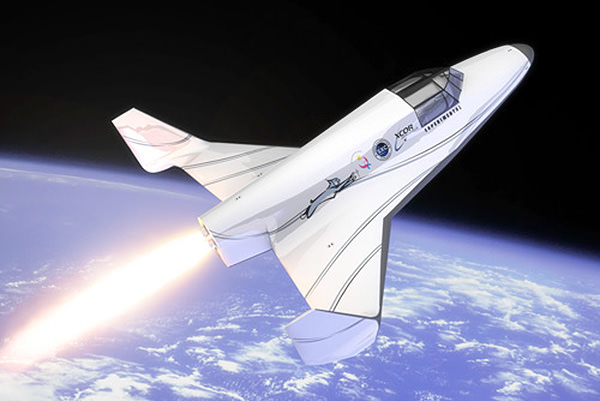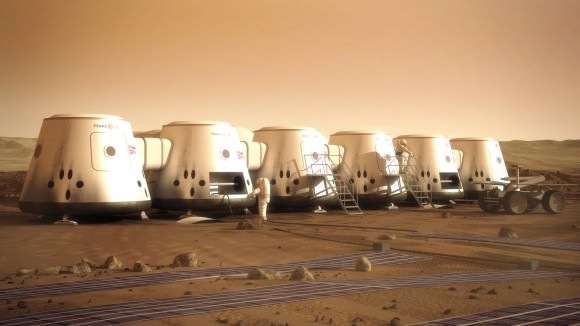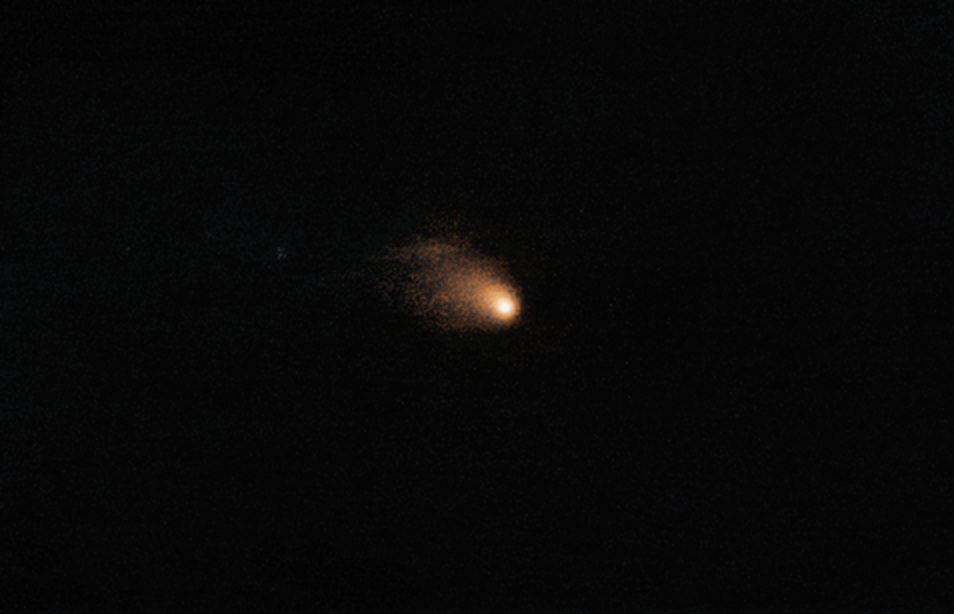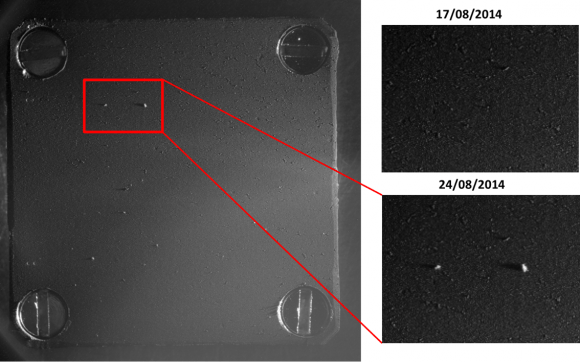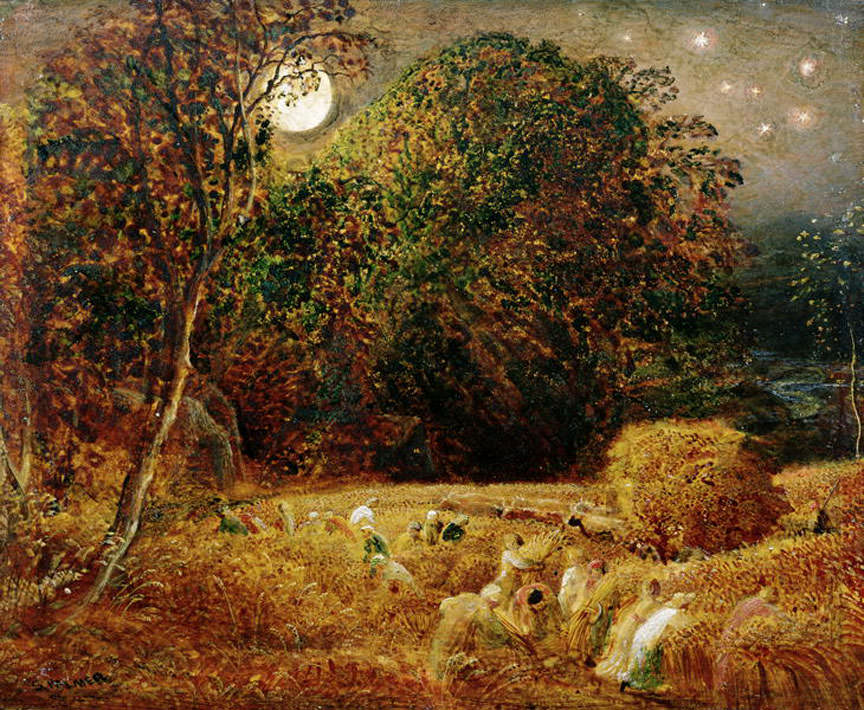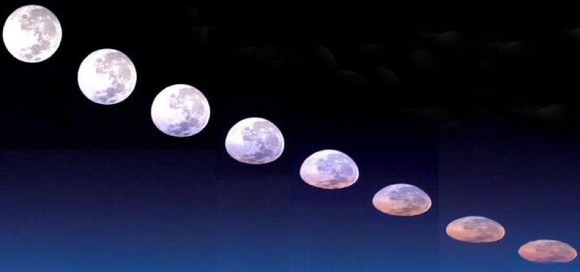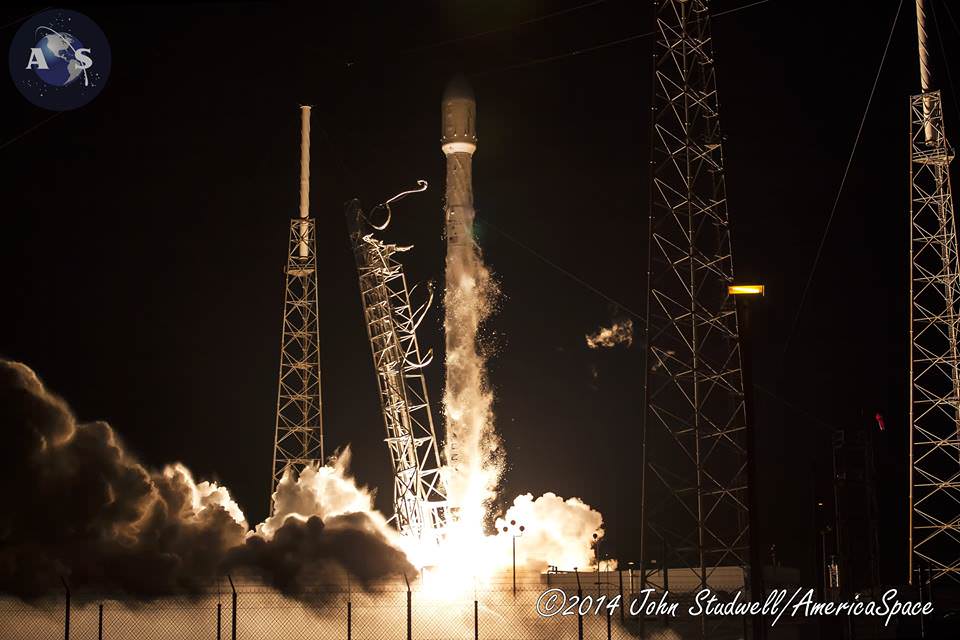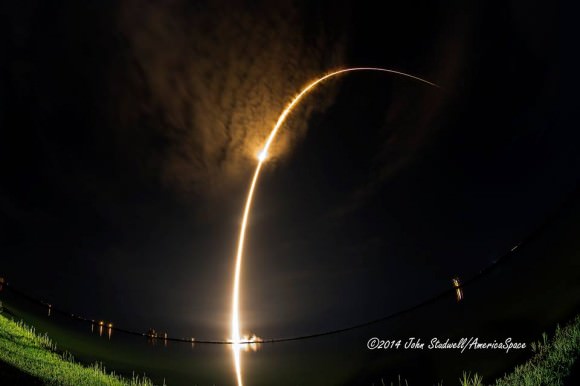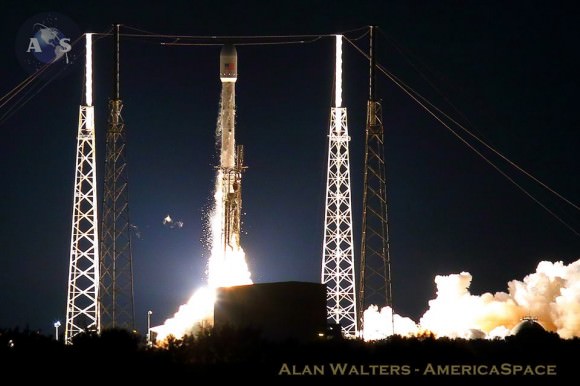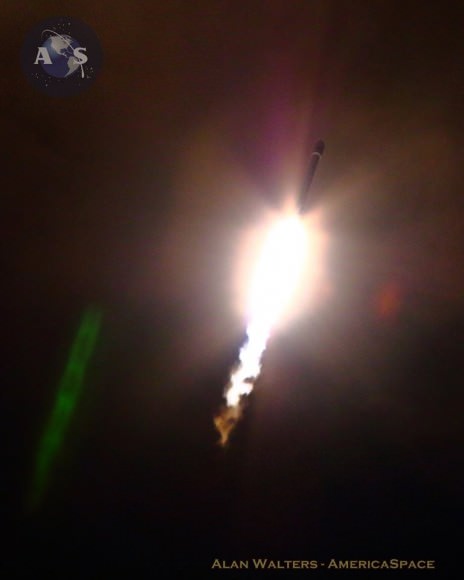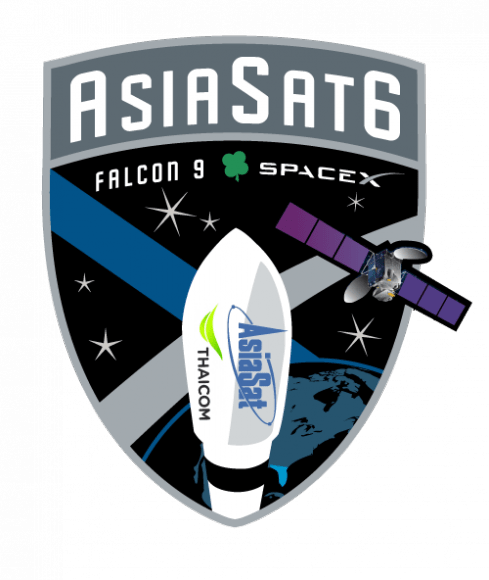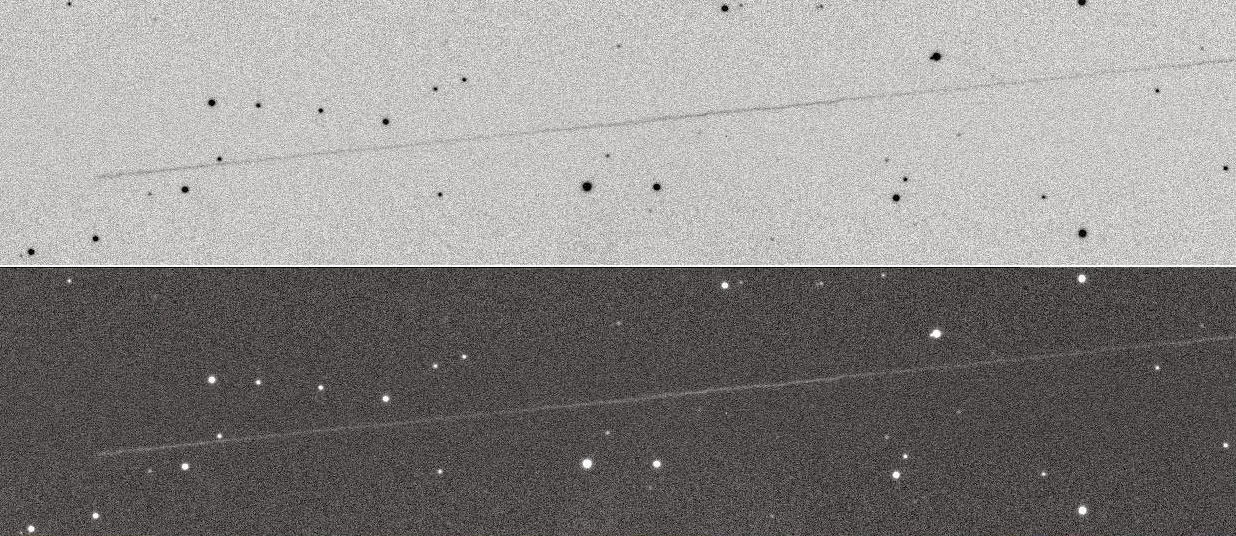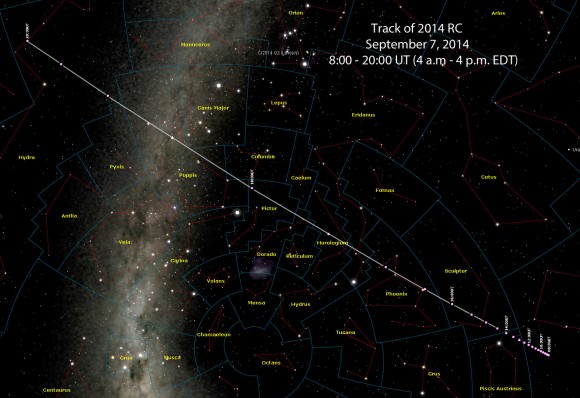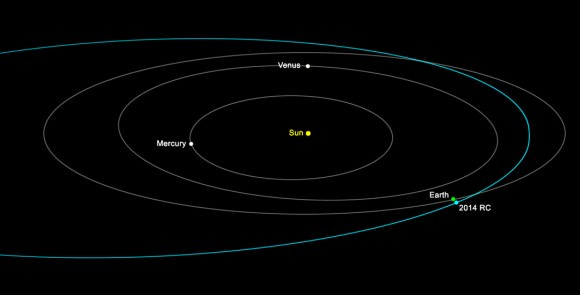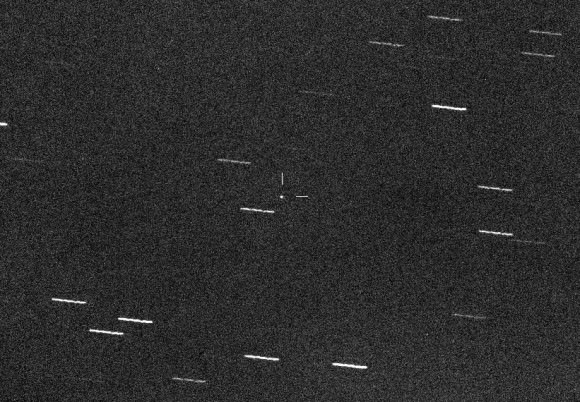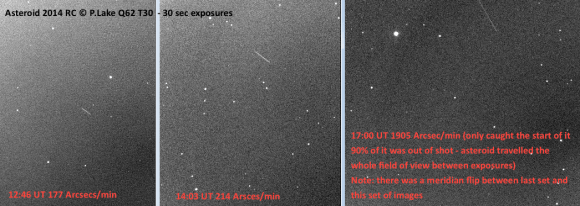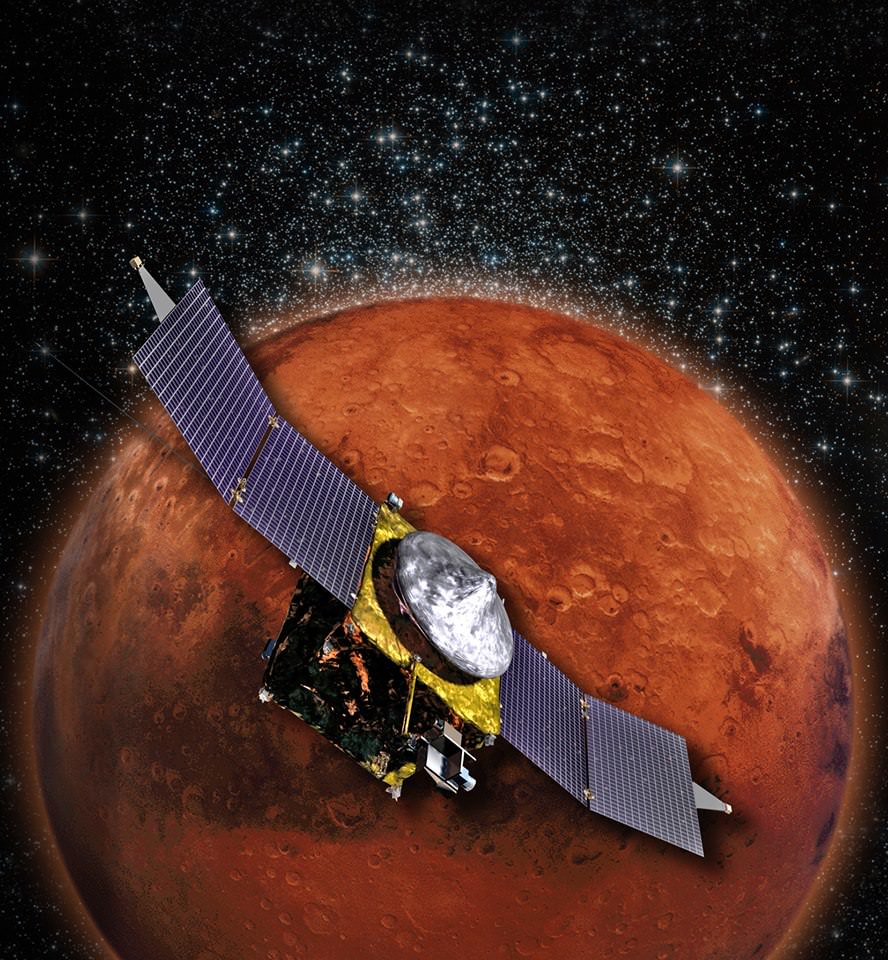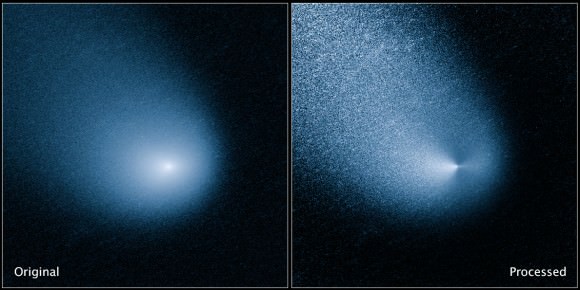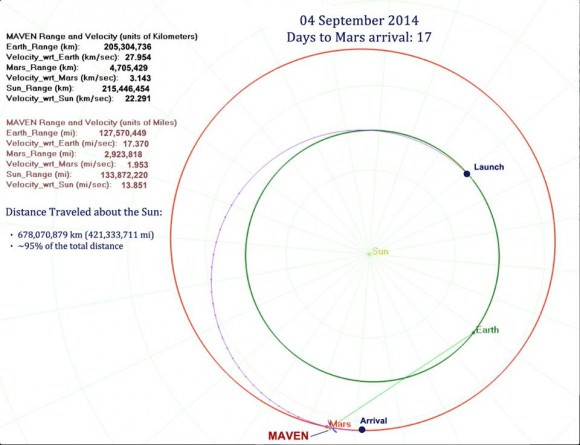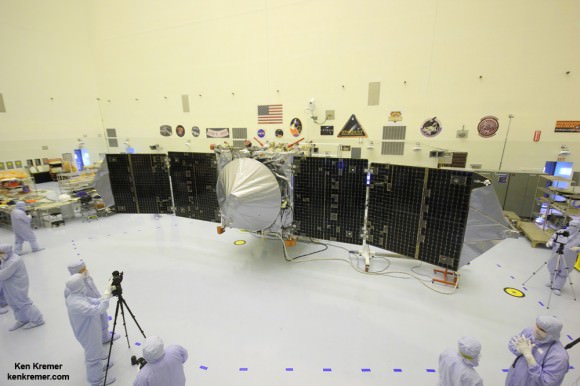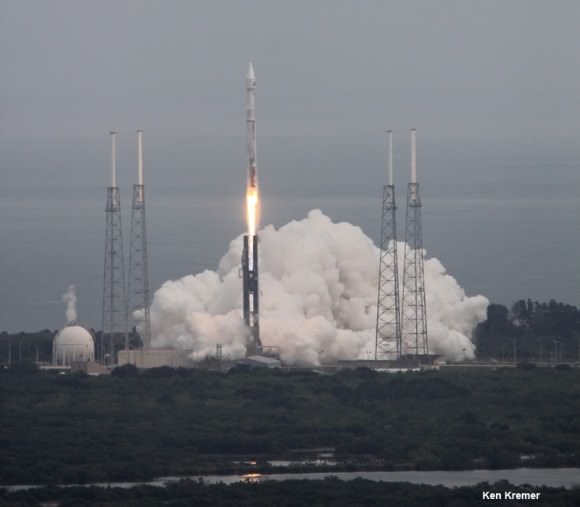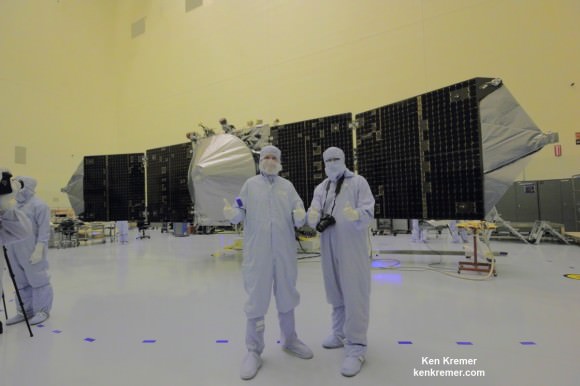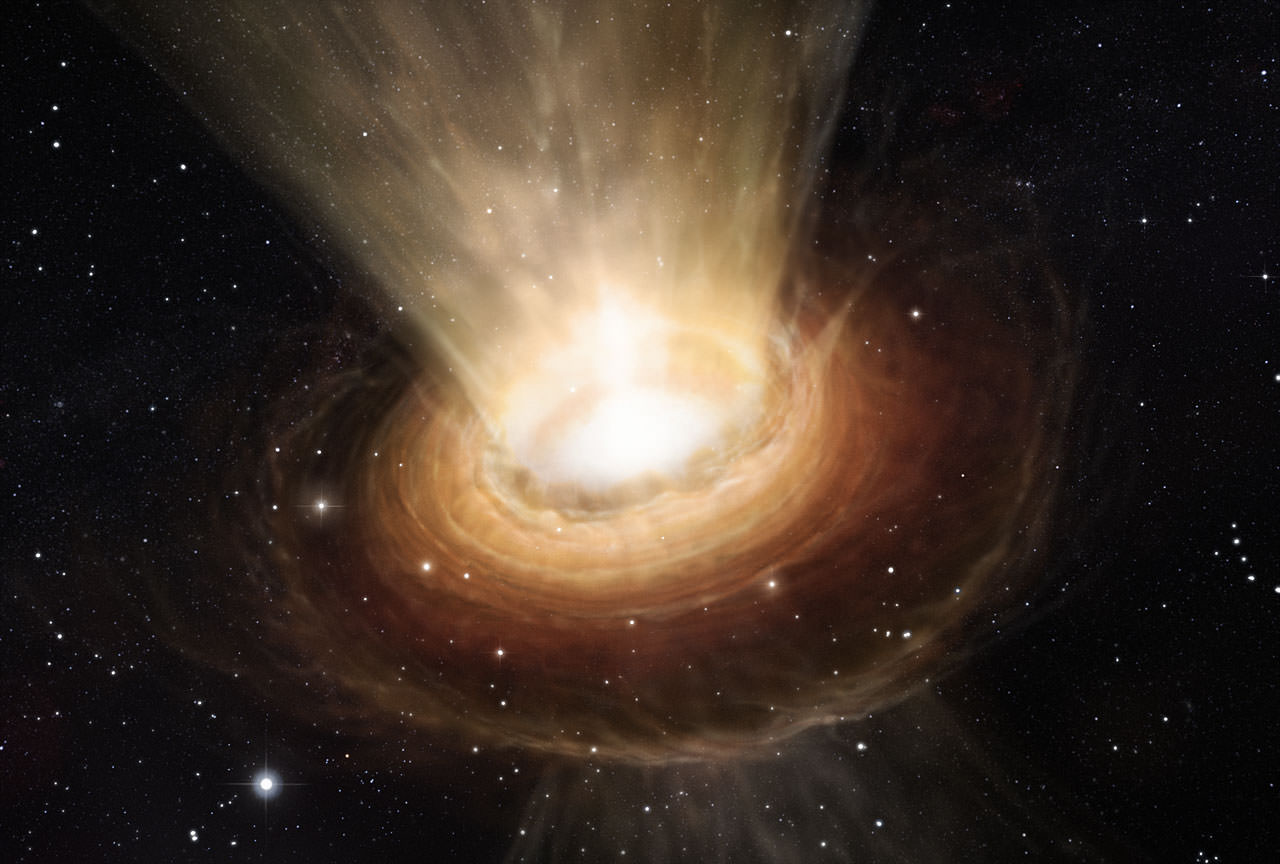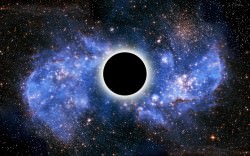By now, you’ve seen the pictures.
As astronomers tracked the close pass of Near Earth Asteroid 2014 RC this weekend, reports came out of Nicaragua that a possible meteorite struck near the capital of Managua.
Details are still sketchy, but government sources cite reports of a loud bang and ground tremor late Saturday night on September 6th. Later images circulating late Sunday evening showed a crater 12 metres wide and 5.5 metres deep on a remote section of the international airport at Managua, which also hosts a local air force installation.

Reports state that the impact went off “like a bomb,” and Wilfried Strauch of the Nicaragua Institute of Earth Studies has already gone on record as being “convinced it was a meteorite.” Investigators are currently scouring the alleged impact site for debris.
This has also sparked a lively discussion across forums and social media: is the crater the result of an extraterrestrial impactor?
Of course, cosmic coincidences can and do happen. Last year, the close passage of asteroid 2012 DA14 was upstaged by the explosion of a 20-metre asteroid over the city of Chelyabinsk on the very same day. And though the two were conclusively proven to be unrelated, they did serve to raise general human awareness that, yes, large threatening rocks do indeed menace the Earth. And ironically, the aforementioned asteroid 2014 RC was about the same size as the Chelyabinsk asteroid, which snuck up on the Earth undetected from a sunward direction.
But Ron Baalke, a software engineer at the Jet Propulsion Laboratory has posted an update to the close pass by asteroid 2014 RC on the NASA’s Near Earth Object website, saying, “Since the explosion in Nicaragua occurred a full 13 hours before the close passage of asteroid 2014 RC, these two events are unrelated.”
Baalke also noted that “no eyewitness accounts or imagery have come to light of the fireball flash or debris trail that is typically associated with a meteor of the size required to produce such a crater.”

There are a few other problems with the Managua crater, though of course, we’d love to be proven wrong. Many observers have noted that the crater does not appear to look fresh, and the trees and soil around it appear to be relatively undisturbed. A first visual impression of the site looks more like a ground slump or sinkhole than an impact, or perhaps an excavation. Others have also noted the similarity of the crater with a military blast, a very good possibility with an air force base nearby.
Meteorite Men’s own Geoff Notkin has voiced doubts as to the authenticity of the meteor crater on Twitter.
Of course, it’s possible (though unlikely) that the impactor struck the site from straight overhead, leaving the area around it undisturbed. As with meteor showers, an impactor striking the Earth before local midnight would be coming at the planet from behind at a lower combined velocity.
Color me skeptical on this one. Still, we’ve been wrong before, and it’s always a boon for science when a new meteorite fall turns out to be real. Many have already cited the similarities between the Managua crater and the Carancas event in 2007 in Peru near Lake Titicaca that was initially considered dubious as well.
But again, it’s highly improbable that the Managua event is related to 2014 RC, however, which made its closest pass over the southern hemisphere near New Zealand many hours later at 18:18 UT on Sept 7th. We ran a recent simulation of the pass in Starry Night from the vantage point of the asteroid, and you’ll note that Central America is well out of view:
It’s also curious that no still images or video of the Managua event have yet to surface. This is strange, as it occurred on a Saturday night near a capital city of 2.4 million. The weather over Managua was partly cloudy that night, and generally, a security camera or two usually catches sight of the fireball.
We also did a check through any upcoming space junk reentries, which also proved to be a poor fit for a potential suspect. The next slated reentry is a BREEZE-M Tank with the NORAD ID of 2011-074D associated with the 2011 launch of AMOS-5. This object was not overhead around the time of the Managua event, and is predicted to reenter on September 9th at 15:15 UT +/- 14 hours.
And the same goes for the launch of AsiaSat-6 by SpaceX on Saturday night, as launches from the Cape head out eastward across the Atlantic and away from the Gulf of Mexico region.
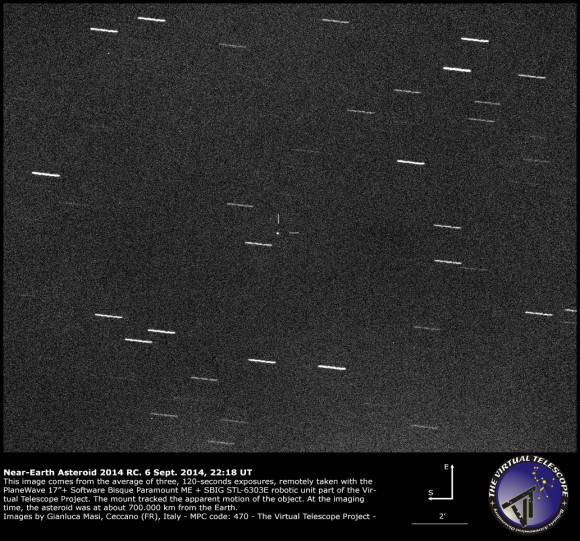
Unfortunately, images and video would go a long way towards gauging a direction and final orbit of a suspect meteorite. The discovery of meteoritic debris at the site would also serve to clinch the link between the crater and a cosmic impactor as well. Or perhaps, news of the impending passage of NEO asteroid 2014 RC and the recent pass of 2014 RA the weekend prior had already primed the general public to suspect a meteor strike as an explosion was heard late in the evening… we’ve lived near bombing ranges, and are familiar with the sound of late night explosions ourselves.
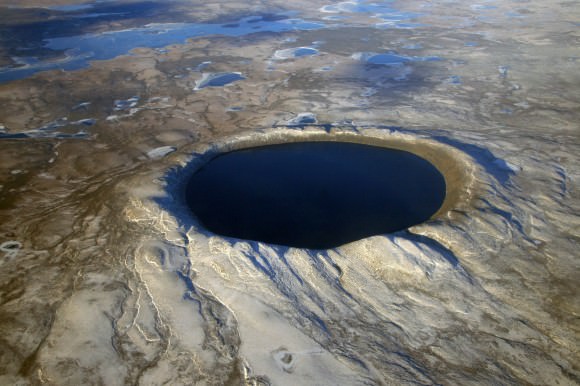
To be sure, the universe is a dangerous place, and errant rocks from above do on occasion have it out for any unwary species that gets in their way.
So we’ll open it up for discussion: what do you think happened on Saturday night near Managua? Was it a meteorite, or another case of a “meteor-wrong?”



